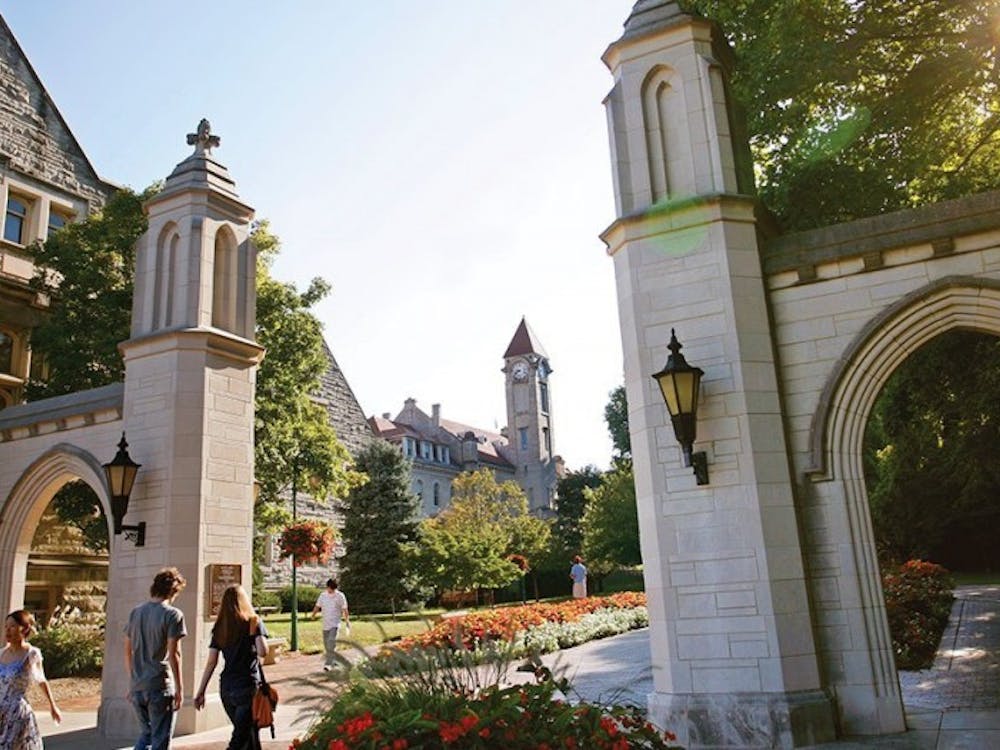A team of 10 fourth-year architecture students from Ball State University's R. Wayne Estopinal College of Architecture and Planning (ECAP) received an honorable mention award in the U.S. Department of Energy BuildingsNEXT Student Design Competition, formerly known as the Solar Decathlon.
This event included 79 teams across four divisions, with 16 in total receiving an honorable mention accolade. Participating teams represented institutions from across the globe, including Australia, South Korea, and Spain.
The competition is set up to challenge students to design net-zero energy buildings that generate as much energy on-site as they consume annually, while addressing a comprehensive set of performance criteria encompassing architecture, engineering, health, and environmental impact.
From the onset of the project, the student team must understand the real-world circumstances of the zero-energy housing to be designed, beginning by selecting a specific location, with an assessment of local characteristics including geography, geology, and planning and zoning considerations to provide context for the building design and its relationship to the surrounding community.
The team form Ball State submitted a detailed design package and delivered a virtual presentation to a jury of industry experts on a project titled “Nested Neighbors.” The project explored target markets, block development plans, grid interactivity, among other building considerations. The students worked with community partners including the Muncie Land Bank and ecoREHAB.
“The Nested Neighbors creative solution showcased careful consideration of specific vacant parcels in the Old West End neighborhood in Muncie, including zoning setbacks, solar access, views, drainage, regionally appropriate materials, matching form with function and contextual aesthetics, and preservation of architectural styles,” said Pamela Harwood, professor of architecture in a press release from the university.
Student teams had to address complex real-world issues related to themes of connection and resilience by creating “nests” within the larger development with duplexes, single-family homes, and live/work units that share exterior gardens, parks, and communal areas.
By prioritizing walkability, environmental stewardship, and shared resources, Nested Neighbors aims to strengthen the neighborhood's social, cultural, and ecological fabric and set a new standard for healthy, sustainable community design. It is intended to build an infill housing development in the Old West End neighborhood, which is scheduled for construction over the next several years.
“I am proud of our students for their work in developing a forward-thinking solution for energy-efficient homes in the Muncie community,” said Tom Collins, associate professor of architecture at Ball State in the release. “This recognition is yet another reminder of Ball State’s commitment to immersive learning, as well as innovative, sustainability-focused design education and the preparation of students to lead in their professional careers while making a positive environmental and social impact.”
This honorable mention recognition in the BuildingsNEXT international competition reflects ECAP’s long history of success in U.S. Department of Energy-sponsored design competitions—including the 2023 grand prize in the international Solar Decathlon competition for the Alley House design/build project. Built on the Near Eastside of Indianapolis, Alley House is an energy-efficient, eco-friendly duplex that serves as affordable housing for two families.
More information about ECAP’s previous successes in Solar Decathlon challenges is available online.





